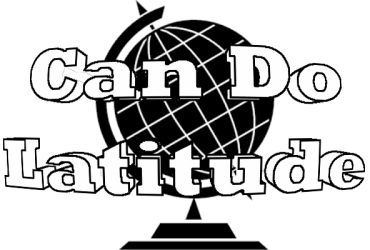I’ve done it again. It’s been over a month since my last confession, um, I mean post. In my defense, we have been travelling pretty fast again. Just when I think we learned our lesson, we get ourselves into a situation where we don’t plan far enough ahead and realize that we have too many people and places to see, covering too great a distance, in much too short a period of time. In the last three weeks, we visited 7 cities in 5 different countries, traveled over 2,000 km, most of the time staying in a place for only a couple of nights. We are now back where this chapter of the adventure started, in Zagreb, Croatia. We’ll be staying put for the next month, giving both of us a chance to catch up on everything we didn’t have time for while in a perpetual state of motion.
Last March, my most recent travelogue ended with us boarding a train to Zagreb. Since then, we have had the pleasure of visiting a handful of countries in the surrounding area: Hungary, Romania, Bulgaria, Serbia, Bosnia and Herzegovina, and Croatia. Over the next series of posts I’m going to play catch-up with what we’ve experienced in the intervening three or four months. To put even more pressure on me, I promise to include photos so you all can see how beautiful this part of the world is. Given that we really were “Bouncing Around” the entire region during this period of time, I’m opting to break up the posts by country rather than give a seemingly incoherent chronological account of the trip.
Elephant in the room
I feel the need to acknowledge entitling this series “Bouncing Around the Balkans” is, at the very least, inaccurate. Wikipedia states, the Balkan Peninsula “is a geographic area in southeastern Europe with various and disputed definitions.” Hungary wouldn’t be classified Balkan by any definition and several other countries on this list are partially included in only the broadest sense. Our intent was to have a catchy series title, never to offend. We found it impossible to come up with any title that would have been accurate, specific and inoffensive to the citizens of all countries involved, let alone roll of the tongue.
Where east meets west
At the risk of oversimplifying several centuries of tumultuous history, this region has been the center of many cultural and political conflicts between east and west. This can be seen in the various regional cuisines, architecture, languages and religion. In many places, you can see the influence of both the Austro-Hungarian and Ottoman Empires. After World War II, Soviet-influenced communist governments built large, blocky utilitarian buildings with murals and sculptures intended to evoke a spirit of working toward the common proletariat good. The more recent breakup of the former Yugoslavian republics has resulted in separate countries which have as much in common with each other as they have differences.
This is a region in transition. Four of the countries we visited are recent additions to the European Union: Hungary (2004), Romania (2007), Bulgaria (2007) and Croatia (2013). However none of these countries use the Euro as a currency. Of the six, only Hungary is within the Schengen Area, which meant having to deal with multiple border crossings. The upside is that each new country was another stamp in our passports and another 90-day visa. This was a welcome requirement given we had almost exhausted our allowed time in the Schengen Area. High speed internet is common throughout with speeds that often exceeded what is typical in the US. This is juxtaposed with the number of horse drawn wagons encountered while traveling through the more rural villages.
Since this region is still a bit “off the beaten track” by US standards, we would often get messages from friends and family asking us to “stay safe” as we traveled. I hope my upcoming posts will convince people that not only is it a safe place to be, but also one of the remaining untapped areas of Europe where you can experience the culture before it is forever changed by mass tourism.

